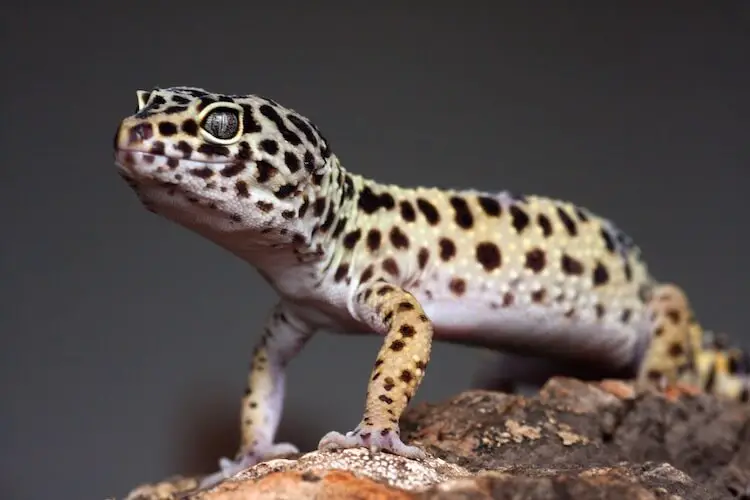
A shallow dish of fresh water should be available at all times. CalciWorms® are used for adding the required calcium to a diet, calcium is very important so offer CalciWorms® 2 to 3 times week. Waxworms are intended to be used to add fat to a geckos diet or the occasional treat, Leopard Geckos will quickly become spoiled on waxworms and may refuse other foods so use them sparingly.


When using supplements such as waxworms, or Calciworms® Leopard Geckos should be fed 3 to 5 worms 3 times a week. Adults can be fed 6-7 large crickets or mealworms 2 to 3 times a week. Larger food should be offered every other day until they become full grown in about 10-12 months. Waxworms are intended to be used to add fat to a geckos diet or the occasional treat, Leopard Geckos will quickly become spoiled on waxworms and may refuse. Be careful not to offer to large of food to prevent choking.īaby Leopard Geckos should be fed 5-7 small crickets or mealworms every day until they reach about 4 inches. Appropriately sized mealworms should be offered in a small dish, crickets will not require a dish. Leopard Geckos should be offered two appropriately sized insects for every inch of their total length every other day. Leopard Geckos are strictly insect eaters so no greens are required. Leopard geckos are commonly fed crickets, mealworms, superworms, waxworms.

Watch our video on how to care for your leopard gecko below. To keep your pet healthy and happy, it's important to make sure their set-up mimics their natural habitat as closely as possible. They are nocturnal lizards and have been in the pet trade since the late 1970’s. BHB Reptiles has one of the largest selections of leopard geckos for sale in. Leopard gecko On this page, you'll find everything you need to know about caring for your new leopard gecko. Leopard Geckos are native to desert areas in Afghanistan, Iran, Pakistan and parts of India.


 0 kommentar(er)
0 kommentar(er)
